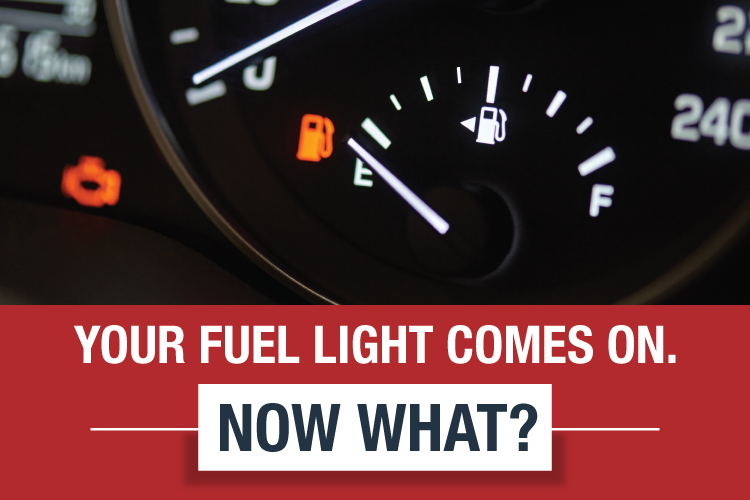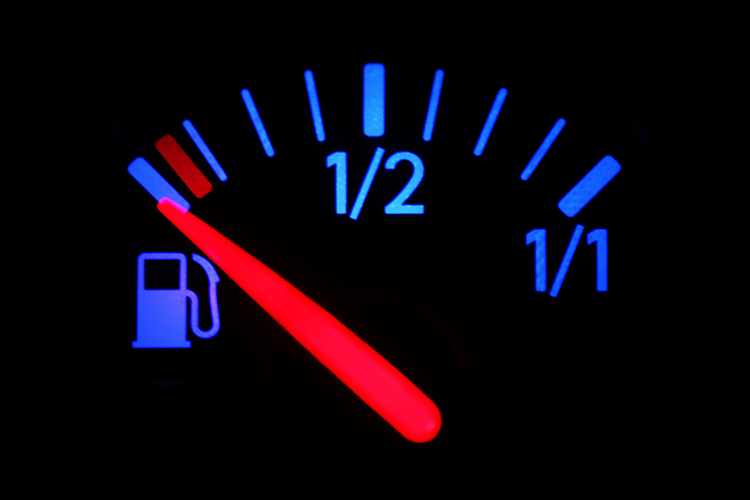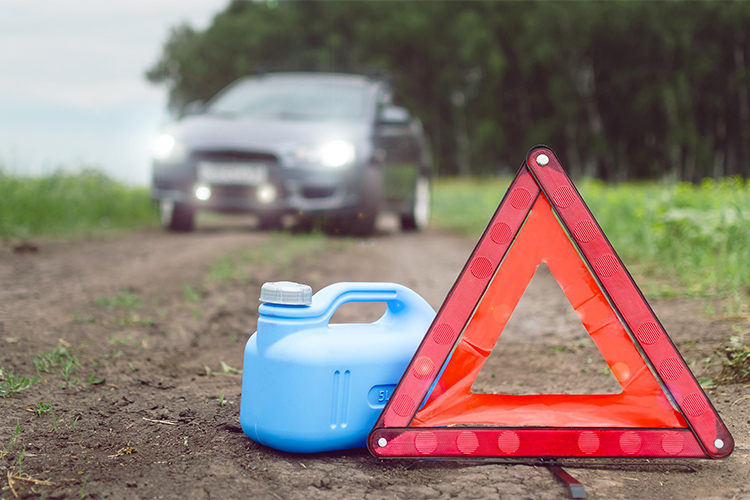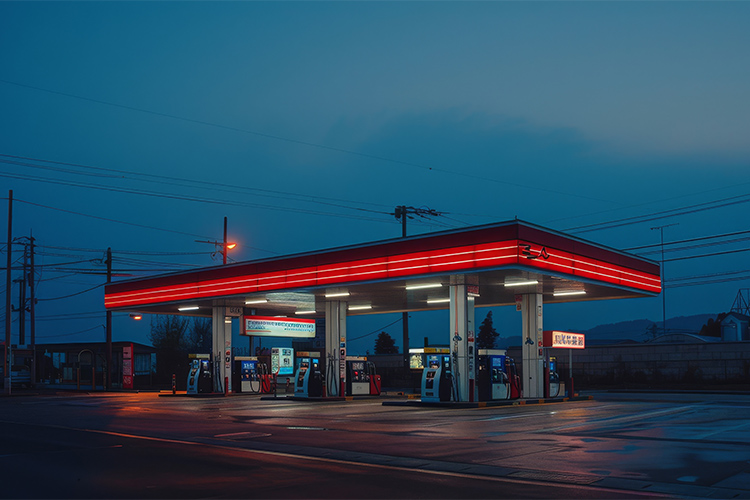
You’re driving, and suddenly the fuel light turns on. The gauge shows “E” for empty, and now you’re wondering how much farther you can go before the car runs out of gas.
Ideally, you’d stop and fill up right away — but that’s not always possible, especially when you’re in an unfamiliar area. The good news is that most cars still have a small amount of fuel left, even after the warning light comes on. But exactly how far that can take you depends on several factors.

What “Empty” Really Means
If you’re new to driving in the U.S., that first moment when your fuel light turns on might cause a bit of panic — especially if you’re still getting familiar with your surroundings. The good news? “Empty” doesn’t always mean your car is about to stop.
Most vehicles in the U.S. are designed with a small fuel reserve. This means when the gauge shows “E” and the warning light appears, there’s usually still some fuel left — about 10–15% of the tank’s full capacity. For example, if your car holds 14 gallons, you may still have 1.5 to 2 gallons available, giving you some time to reach a gas station.

What Impacts Your Remaining Driving Distance?
Several factors influence how far you can go once your fuel light comes on:
- Type of vehicle – Larger vehicles tend to have larger tanks and reserves.
- Driving conditions – Smooth highway driving uses less fuel than frequent stopping in city traffic.
- Driving behavior – Sudden acceleration, heavy braking, and long periods of idling increase fuel consumption.
- Vehicle maintenance – A well-maintained vehicle with properly inflated tires and less added weight will perform more efficiently.

Running on Empty
So how far can you expect to drive once the fuel light comes on? In many cases, the range is 30 to 50 miles — enough to find a nearby gas station.
But keep in mind, these are just averages. Every vehicle and situation is different. And while it’s helpful to know you have some buffer, relying on that extra range is not a long-term strategy, especially when driving in unfamiliar areas.
Why It’s Better to Refuel Early
Keeping your fuel level too low isn’t just inconvenient, it can also be expensive. Your vehicle’s fuel pump relies on gasoline to stay cool. When fuel runs too low, the pump may overheat or get damaged, and repairs can be costly.
As a healthcare professional, you likely have enough to manage with a new job, new systems, and new surroundings. Worrying about running out of gas shouldn’t be added to the list.

A Helpful Tip for Healthcare Professionals
As you settle into your new routine, take time to notice where gas stations are located near your home, hospital, and common routes. Planning ahead will help you avoid last-minute stops and ease the adjustment to driving in a new country.
At International AutoSource, we make it easy for healthcare professionals relocating to the U.S. to finance a car, even without a U.S. credit history. Our team understands your unique situation and is here to help you get behind the wheel with confidence.
About International AutoSource
International AutoSource provides vehicle financing for international nurses, doctors, medical technicians, and many other healthcare professionals with no U.S. credit history. The IAS Healthcare Advantage Program provides exclusive protections, privileged pricing, and dedicated full-service support that is not available anywhere else.
International Healthcare professionals can take advantage of savings, convenience, and full-service support all in one place. Our dedicated healthcare product specialists work one-on-one with each customer to provide full-service support before, during, and after delivery. We also assist with all documentation needed for vehicle financing, licensing, and registration as our customers have more important things to worry about.
Get tips and learn what to expect to make your move as seamless as possible.





